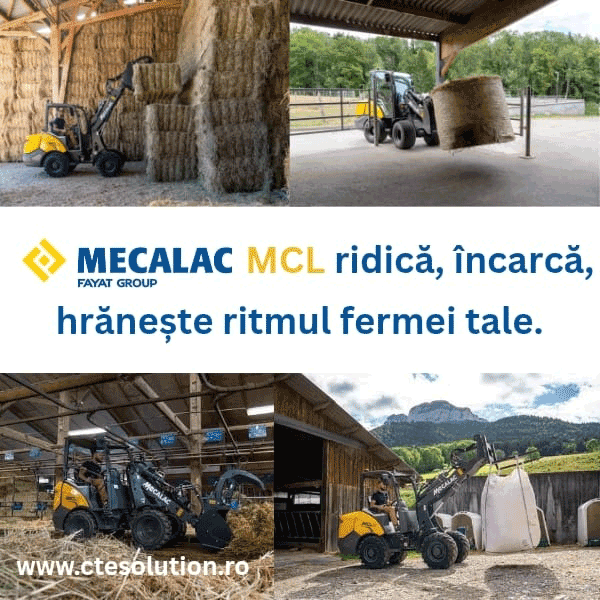
Pests are causing significant losses in potato production in Europe. The situation in recent years seems to worsen due to climate change, as explained by Johannes Mayer, an Austrian potato farmer: "Damage from wireworms is more significant in drier soils, as the worms seek moisture as well as food."
An operational group in Austria conducted tests to find alternative control measures without using synthetic pesticides.
The worms spend up to 5 years in the soil, feeding on plant roots as well as tubers for multiple periods throughout the year. In Austria, the worms cause losses of about 10% of table potatoes, equivalent to 30,000 tons, worth several million euros.
Eduard Paminger, another Austrian potato farmer interviewed during the project, stated: "50% of my last harvest was damaged by wireworms, which is essentially equal to a total loss because it's nearly impossible to send undamaged potatoes."
Explanations for the increasing damage caused by wireworms may be linked to warmer global temperatures and drought. The reduction in the number of farm bird populations also means fewer predators than before.
Claudia Meixner from the project adds, "Additionally, we found that reduced soil tillage and the practice of cover cropping, while having many advantages, also mean that the soil is undisturbed, favoring the development of eggs and young larvae."
An independent environmental NGO in Austria established an operational group "ARGE Drahtwurm" in 2016, bringing together farmers, researchers, and environmental specialists to work on new control options under Austrian production conditions. Claudia Meixner explains, "We aimed to analyze measures that would be compatible with both organic and conventional production and that would be more environmentally friendly, efficient, and sustainable."
Field tests were conducted on 7 farms, applying a set of measures including the entomopathogenic fungus (Metarhizium brunneum), analyzing the specific application in this fungus-infected zone to infect and kill wireworms.
Testing of carrier substrates and application techniques in different climatic conditions, as well as trap cropping, growing plants that are particularly attractive to pests to divert them from the main crop.
Trap crop combinations were applied in the year prior to potato cultivation and treatments with insect-pathogenic fungi or with the rotary cultivator.
At the same time, project researchers conducted surveys on wireworms in the main potato production regions of Austria. They also analyzed wireworm biology, such as fluctuations in their activity throughout the year, the correlation between soil temperature, moisture, and the presence of wireworms in the soil's top layer.
"We found that reducing the wireworm population can be achieved by using location-specific multi-year strategies, using a combination of these measures," says Claudia Meixner.
"For example, by using attractive plants, wireworms gather in a specific area of the field and can be treated in a targeted manner. Thus, soil damage effects can be limited, and the amount of applied fungus reduced."
The project contributed to the development of forecast models to support decision-making for the application of various wireworm damage control measures. These models were widely shared among farmers and farm advisors. (Photo: Freepik)





